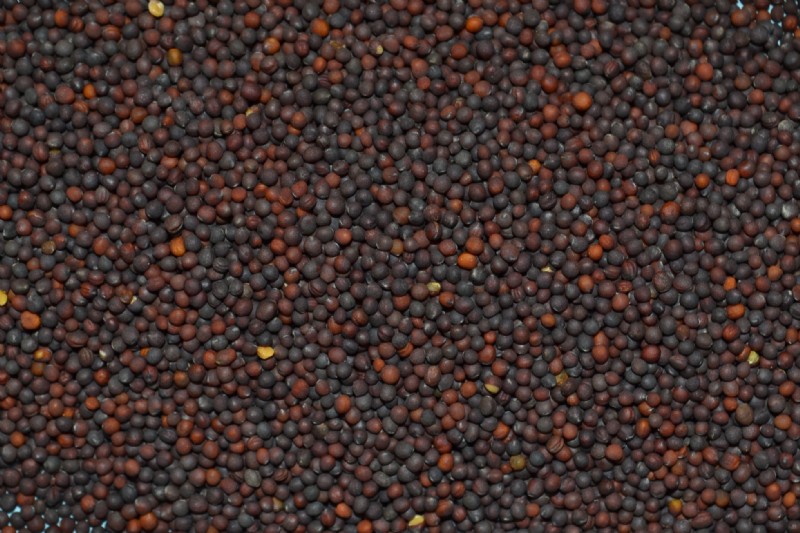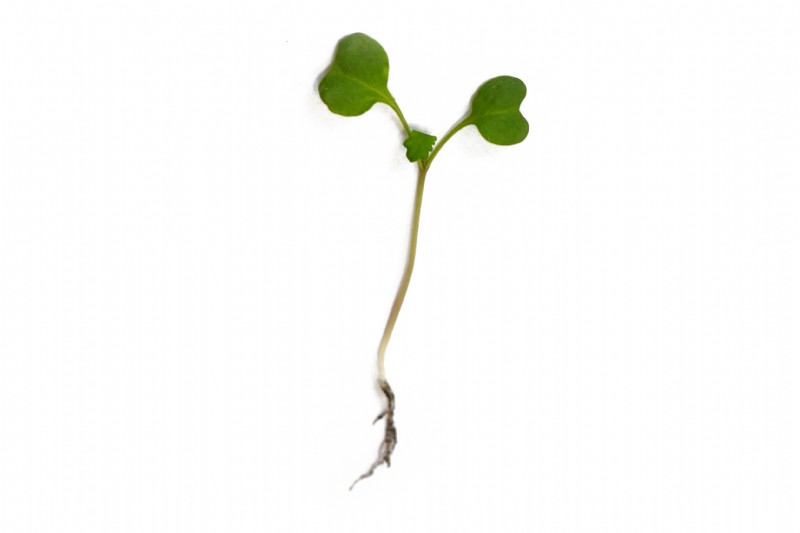Hardy / Maincrop Turnip
Main crop turnips are one of the most winter hardy forage brassica species, they are commonly also known as hardy turnip. They allow livestock, usually sheep or cattle to be grazed later into the winter or early into the spring. Other less winter hardy species may have been adversely affected by frost, causing them to go soft and spoil in the ground.
Uses
Used for livestock grazing.
Persistence
An annual brassica species.
Strengths
A vary winter hardy species for late winter grazing, generally yielding 1/3 more than stubble turnips.
Frost Tolerance
Winter hardy.
Yield
6t DM per ha.
Sowing Rate Advice
1.5 - 2kg per acre / 2.5 - 5kg per ha.
Robust rates should be used if broadcasting the seed, lower rates can be used in drilling into a good seedbed and rolling.
Ideal Sowing Time
It should be sown by June at the latest. This species takes longer to establish and bulb up than the shorter term species like stubble turnips and forage rape, so at least 20 weeks should be allowed from sowing to grazing.
Management
Strip grazing will utilise the crop as efficiently as possible.
Distinguishing characteristics
Seed
This is a small round seed, varying from dark brown to black in colour. It is between 1 and 2mm in size.
Seedling
The turnip seed produces a pair of kidney shaped cotyledons, with serrated edges. the true leaf follows as the plant develops.
Flowering Plant
A bright green plant that establishes from a basal rosette.
The leaves are pinnately lobed.
Producing large, round yellow fleshed roots (depending on variety).
With a solid tap root penetrating the soil.
Additional Info
Average protein content 16%. Growth Period 20 weeks.
Works well with
It can be combined with other winter hardy species with a similar growing period, such as swede and kale.You can find Hardy / Maincrop Turnip in the following mixtures






